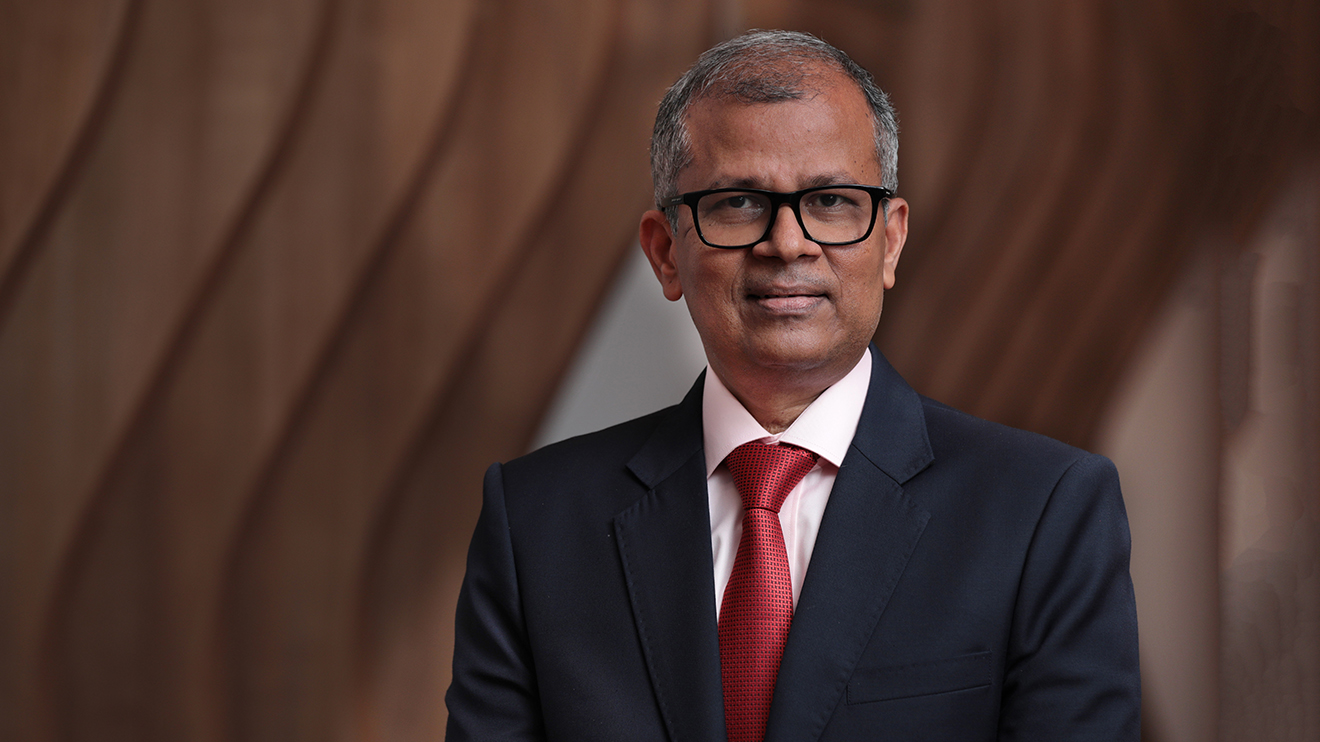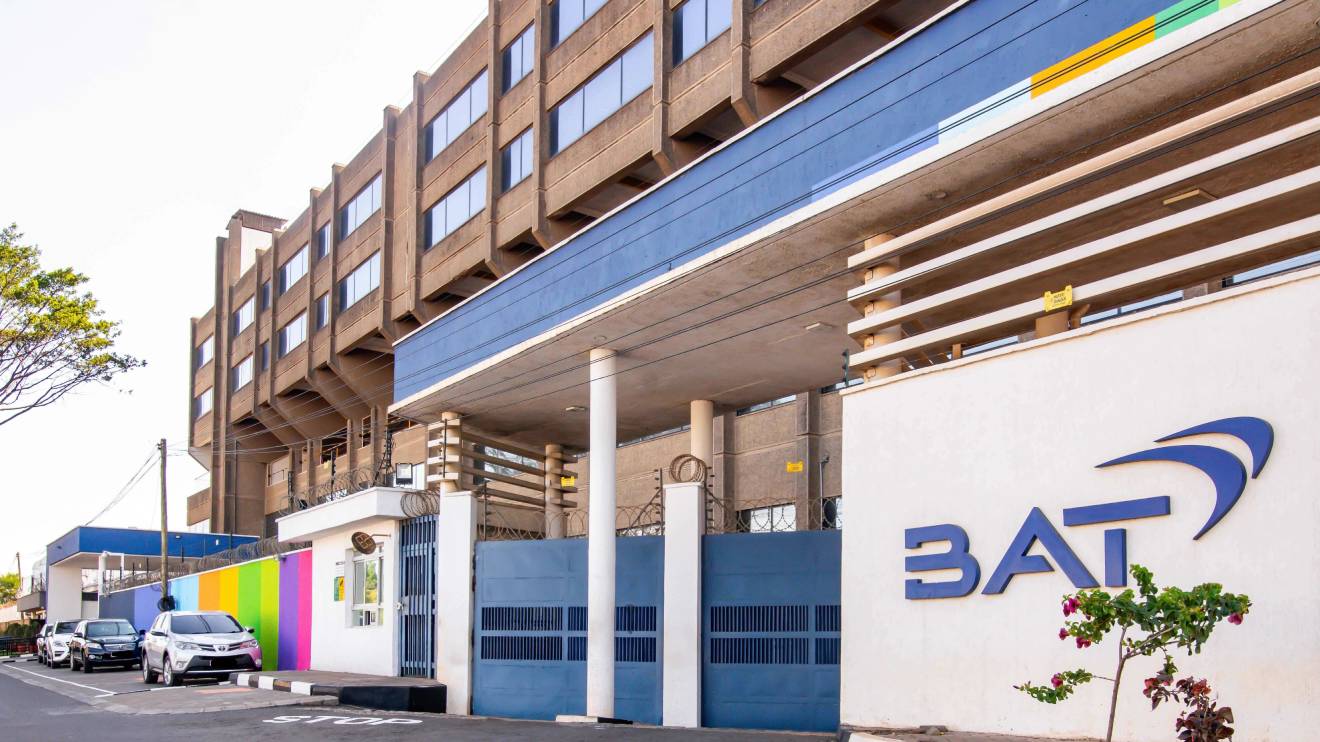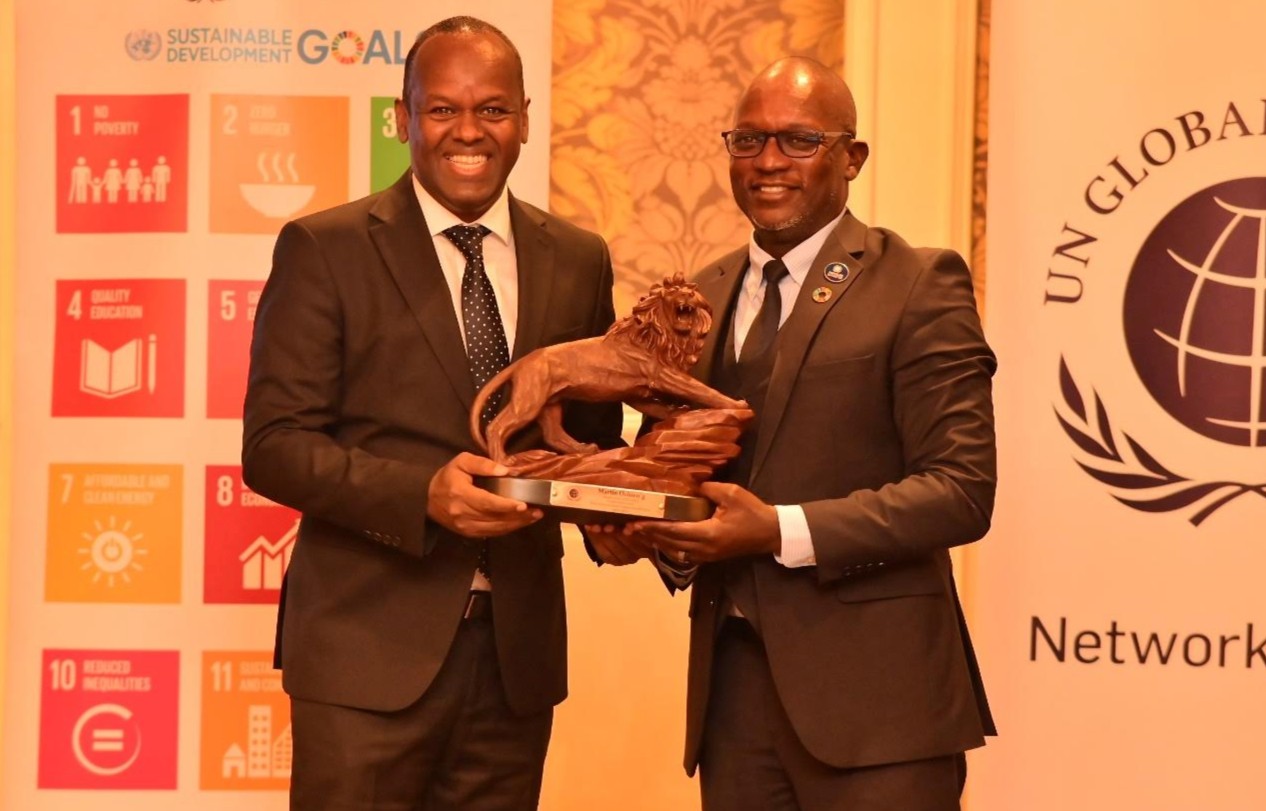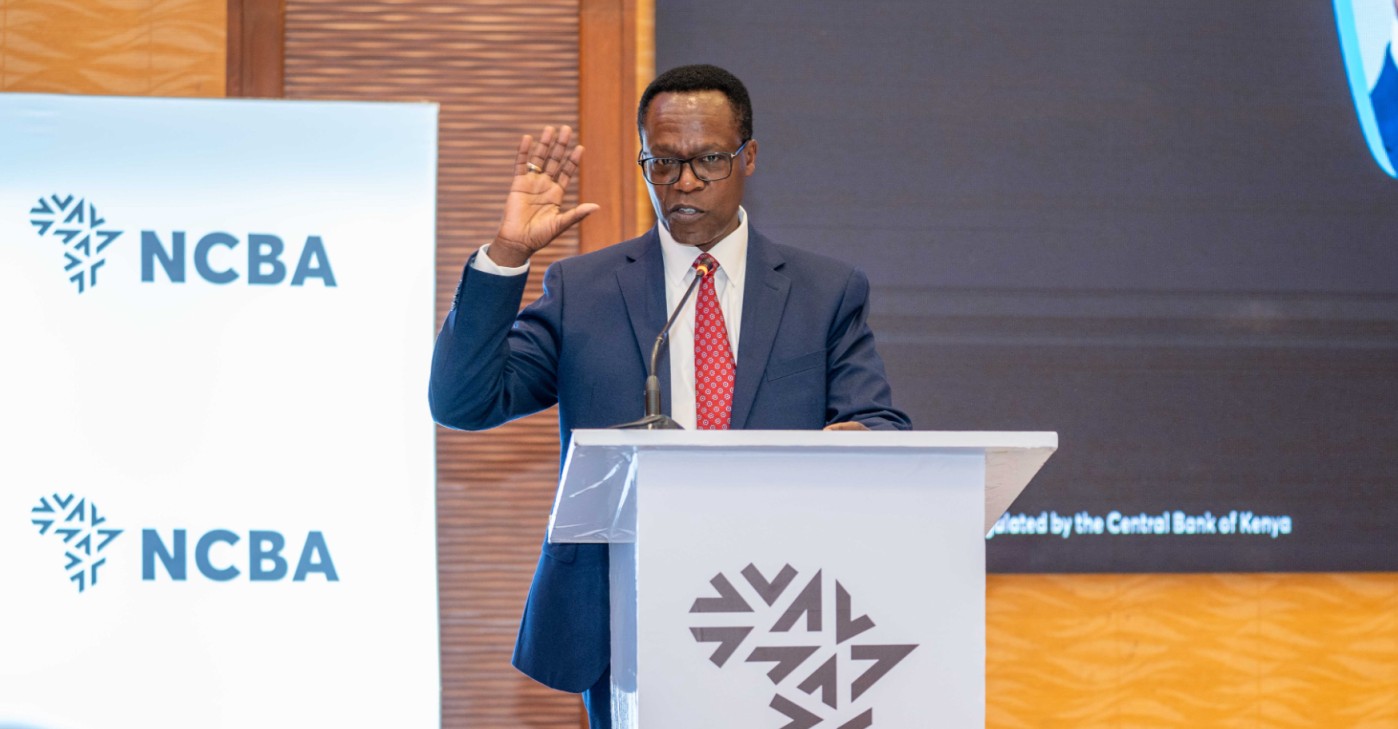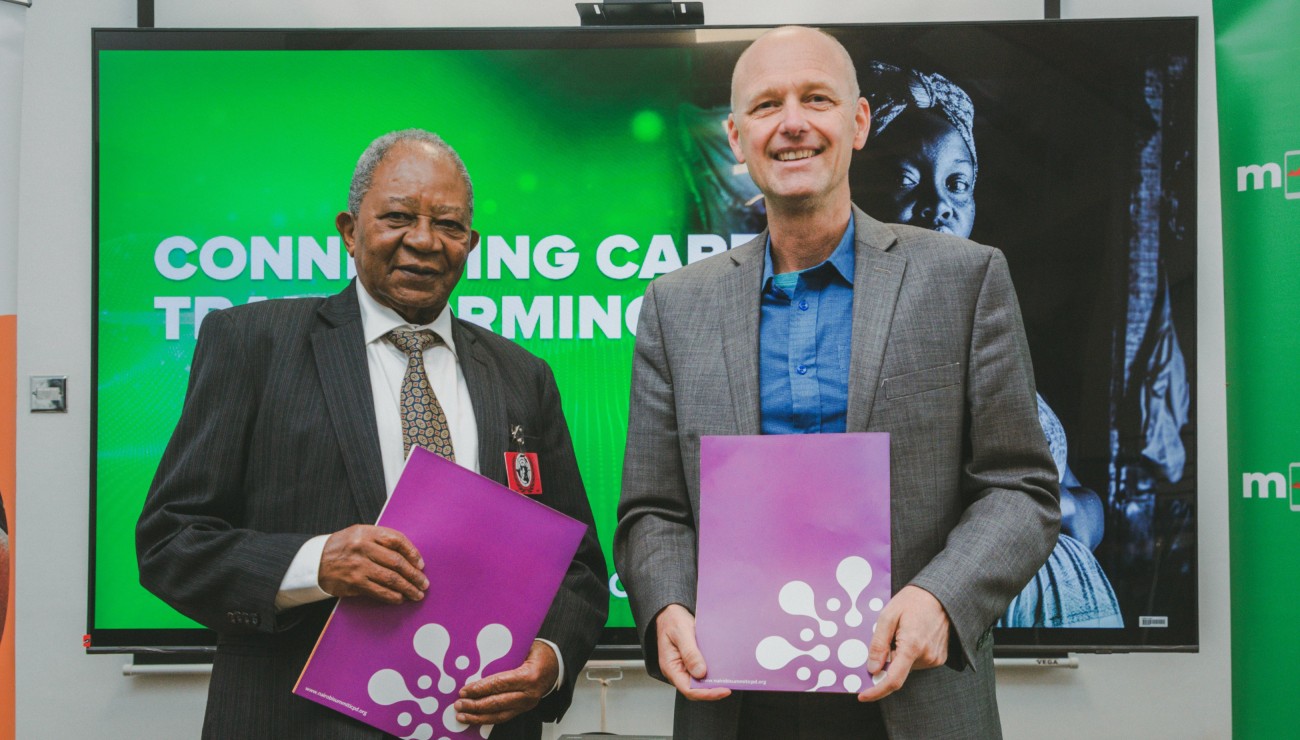Sub-Saharan Africa has become the global epicentre of mobile money as mobile devices in the hands of the regular man driving innovation in Africa away from legacy banking systems.
A powerful opinion piece by Safaricom Chief Financial Officer Dilip Pal has revealed just how deep this transformation runs and what lies ahead for varied economies across Africa.
At the center of this change is Kenya’s M-PESA story, which best captures the global shift in how money moves people and economies outside traditional banking systems across Africa.
Mobile Money
According to the latest GSMA Mobile Money State of the Industry Report, Africa continues to dominate the global mobile money scene.
Read More
In 2024 alone:
• More than 2.1 billion mobile money accounts were registered globally
• Sub-Saharan Africa accounts for 1.1 billion of those accounts
• The region processed 108 billion transactions worth over $1.68 trillion
This captures the digital finance story of the economic revolution taking over the continent.
“This dynamic shift highlights the evolution of mobile money from basic financial inclusion to a robust driver of economic empowerment and digital ecosystems,” said Pal.
M-PESA Economy
18 years ago, M-PESA was officially unveiled in Kenya as a simple mobile money transfer service, but it has now morphed to become the cornerstone of the Kenyan economy.
These statistics paint a vivid picture of how M-PESA has become the backbone that carries the Kenyan economy from National Government operations down to the grassroots:
• Sh38 trillion transacted annually via M-PESA
• Mobile money now contributes 4.5 per cent of Sub-Saharan Africa’s GDP
• M-PESA makes up 44 per cent of Safaricom’s total revenue
“M-PESA is no longer just a payment platform, it’s a financial lifestyle enabling savings, credit, insurance, business payments and more,” he noted.
He added: “As Safaricom celebrates 18 years of M-PESA, it’s clear that we didn’t just spark a local innovation we ignited a digital revolution that continues to echo across Africa.”
Ethiopia: New Frontier
While Kenya leads the digital finance charge, the mobile money story is spreading rapidly, especially in countries like Ethiopia, where reforms and new players are changing the game.
With services like Telebirr and M-PESA Ethiopia, mobile money is reaching smallholder farmers, enable them to access credit, farm inputs, and insurance right from their phones.
“This shows mobile money isn’t just about inclusion, it’s about building resilience and transforming vulnerable sectors,” Pal explained.
Power of Partnerships
For mobile money to fully unlock the economic potential of Africa, it must evolve.
The future lies in collaborations between:
• Mobile network operators
• Banks
• Fintech innovators
• Governments
These strategic partnerships will enable a new era of intelligent financial services from merchant lending and e-commerce plugins to cross-border payments and asset financing.
Transaction Infrastructure
Behind every M-PESA transaction, there is a network, a phone call, a data session, or a 4G tower doing the heavy lifting.
“A phone call often precedes every mobile money transaction. Investing in telecom infrastructure is crucial to keep people connected, informed, and empowered,” Pal stressed.
With rising penetration of smartphones and cheaper internet, mobile money is now moving from basic usage to become the engine that propels the digital lifestyle witnessed in Africa.
Digital Expansion
One by one, governments across the continent are fast embracing the digitisation of services from renewing passports, to paying for parking, to accessing small loans availed by the state.
These platforms are increasingly integrated with mobile money, turning citizen convenience into national productivity.
“The goal is to reduce time spent in queues and redirect it into economic activity,” he added.
What Next?
Africa’s mobile money story is fast accelerating financial inclusion across the continent while pushing boundaries, building ecosystems, and transforming livelihoods.
The challenge for the fast-rising continent now is to close the usage gap, especially among women and the rural populations, and invest in digital financial literacy.
However, one thing is clear: Africa is not catching up; it is leading.
“The digitisation of lifestyles is driven by a hunger to learn, grow, and improve — it’s more than tech. It’s about human progress,” concluded Pal.
From Nairobi to Addis Ababa, from kiosks to classrooms, mobile money is the new infrastructure of opportunity and as M-PESA turns 18, its legacy has moved from Kenyan to African.

